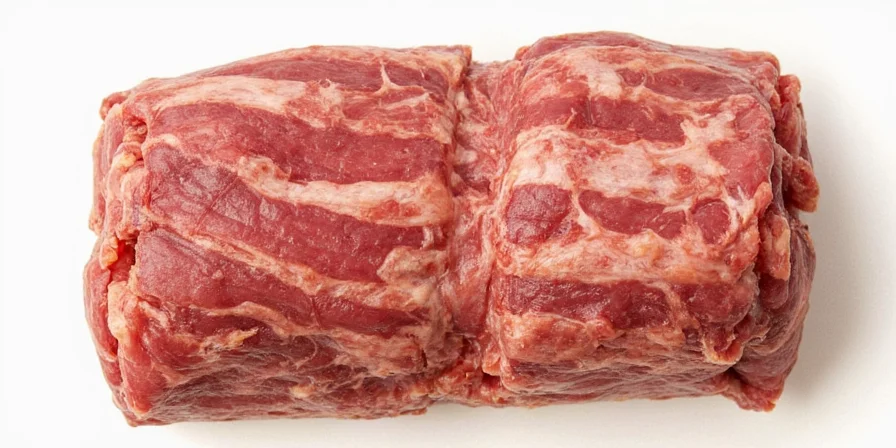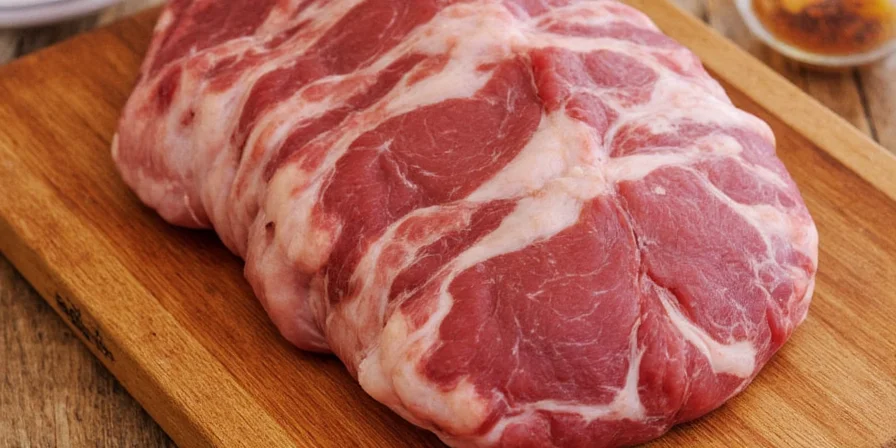Spice Secrets of Spanish Pork: A Flavorful Journey from Ibérico to Cocido Madrileño
Introduction: The Pork-Powered Heart of Spain
When you think of Spanish cuisine, what comes to mind? Tapas, paella, maybe even churros dipped in chocolate. But there’s one star that often steals the show—Spanish pork. Not just any pork, but a symphony of spices and tradition wrapped up in tender, juicy meat.
In this blog post, we’ll take a deep dive into the world of cerdo español, exploring how global spice traditions have shaped—and continue to shape—the flavors of dishes like pork al ajillo, cochinillo asado, and the famed Ibérico ham. Buckle up your culinary seatbelts—it’s going to be a delicious ride!
Why Spanish Pork is Special: More Than Just Meat
Spanish pork isn’t just about flavor; it’s about heritage. From the acorn-fed pigs of Extremadura to the paprika-rubbed chorizo hanging in village kitchens, every bite tells a story. Let’s break it down:
- Breeds Matter: The Iberian pig, with its black hooves and love for acorns, is the MVP of Spanish pork. Its fat content and marbling create a buttery texture unlike any other breed.
- Diet Dictates Flavor: Acorns (bellotas) are high in oleic acid, which gives Ibérico ham its nutty flavor and melt-in-your-mouth quality.
- Spices Make the Dish: Paprika (pimentón), garlic, saffron, thyme, and bay leaves are just a few of the spices that bring depth and soul to Spanish pork dishes.
The Spice Toolbox: Essential Ingredients for Spanish Pork Magic
| Spice | Flavor Profile | Popular Use |
|---|---|---|
| Pimentón de la Vera (Smoked Paprika) | Earthy, smoky, sweet or spicy | Chorizo, blood sausage, marinades |
| Garlic | Sharp, aromatic, pungent | Tortilla española, garlic sauces, roasts |
| Bay Leaf (Laurel) | Herbaceous, woodsy, slightly bitter | Stews, braises, soups |
| Thyme | Earthy, minty, floral | Stuffing, roasted meats, rustic stews |
| Saffron | Earthy, sweet, luxurious | Paella, seafood dishes, rice-based meals |
Top 5 Spanish Pork Dishes & Their Spice Profiles
Let’s get practical! Here are five iconic Spanish pork dishes, their key spices, and why they work so well together.
1. Cochinillo Asado (Roast Suckling Pig)
Origin: Segovia
Key Spices: Salt, pepper, garlic, rosemary
Secret Weapon: Crispy skin! Achieved by salting the pig inside and out and roasting at high heat. The minimal spice blend lets the natural flavor shine.

2. Pulled Pork Morcilla Tacos
Origin: Fusion twist on traditional morcilla (blood sausage)
Key Spices: Smoked paprika, cinnamon, cumin, onion powder
Pro Tip: Add apple cider vinegar for tang and a pinch of chili flakes if you like a kick.
3. Lomo Ibérico con Miel y Nueces (Ibérico Pork Tenderloin with Honey & Walnuts)
Origin: Extremadura
Key Spices: Black pepper, thyme, olive oil, honey
Why It Works: The sweetness of honey contrasts beautifully with the richness of Ibérico pork, while walnuts add crunch and earthiness.

4. Secreto Ibérico con Chimichurri (Ibérico Secret Cut with Chimichurri)
Origin: Andalusia
Key Spices: Parsley, oregano, garlic, red wine vinegar, olive oil
Pro Tip: The chimichurri cuts through the fatty richness of secreto Ibérico, balancing every bite perfectly.
5. Pimientos del Padrón Rellenos de Cerdo Desmenuzado (Padrón Peppers Stuffed with Pulled Pork)
Origin: Galicia meets Mexican flair
Key Spices: Cumin, smoked paprika, coriander, chili powder
Why Try It: The mild heat of padrón peppers pairs with spiced pulled pork for a tapas game-changer.
From Farm to Fork: The Role of Global Spice Traditions
Spain’s spice cabinet has been filled over centuries by trade routes and cultural exchanges. The Moors brought saffron and cinnamon, while New World explorers returned with chili peppers and tomatoes. These influences deeply enriched Spanish pork dishes:
- Moorish Influence: Sweet and savory combinations using dried fruits, almonds, and cinnamon show up in medieval recipes still enjoyed today.
- New World Contributions: Chili peppers led to the creation of pimentón, now essential in chorizo and many regional dishes.
- Colonial Legacy: Cumin, coriander, and cloves found their way into stews and curing mixes via colonial trade.
Spice It Up! Tips & Tricks for Cooking Spanish Pork Like a Pro
Whether you’re working with bone-in ribs or thinly sliced presa Ibérica, here are some expert-approved tips to make your Spanish pork sing:
- Marinate Overnight: Even simple marinades with olive oil, garlic, salt, and thyme need time to penetrate the meat.
- Don’t Rush the Rest: Always let your meat rest after cooking—this allows juices to redistribute for maximum tenderness.
- Use a Meat Thermometer: For perfect cochinillo or secreto, temperature control is key. Aim for 145°F (63°C) for medium-rare.
- Embrace Fats: Ibérico is rich in healthy fats. Don’t trim them off—let them render during cooking for added flavor.
- Pair With Bold Wines: A Tempranillo or Garnacha will stand up to the richness of most Spanish pork dishes.
Common Spice Mistakes to Avoid
Even seasoned cooks can trip up when using spices. Here’s what not to do:
- Overloading One Spice: Especially true with smoked paprika—it can easily overpower milder ingredients.
- Using Old Spices: Freshness matters! Ground spices last about 6–12 months. Whole spices (like peppercorns) keep longer.
- Not Toasting Spices: Some spices, like cumin and coriander, benefit from a quick toast in a dry pan before use.
- Ignoring Acid: Balance rich pork dishes with citrus juice, sherry vinegar, or vermouth to prevent heaviness.
Cooking Tools That Level Up Your Game
| Tool | Function | Recommended Brand |
|---|---|---|
| Cast Iron Skillet | Perfect for searing Ibérico steaks or rendering fat | Le Creuset, Lodge |
| Meat Thermometer | Ensures doneness without guesswork | ThermoWorks Thermapen |
| Wooden Spoon & Mortar & Pestle | Essential for making pastes and crushing garlic | Granite mortar, olive wood spoon |
| Wire Rack Roasting Pan | Lifts meat above fat for crispier skin | All-Clad, Calphalon |
| Smoker Box or Chip Tray | Adds authentic smokiness without a full smoker | Weber, Char-Broil |
Conclusion: Embrace the Spice, Celebrate the Pork
Spanish pork is more than a protein—it’s a canvas for centuries of spice evolution and culinary artistry. Whether you’re roasting a whole suckling pig or tossing shredded Ibérico into tacos, the right spice blend can transform the ordinary into the extraordinary.
So next time you fire up the grill or preheat the oven, reach for that jar of pimentón, crush some garlic, and let the flavors of Spain guide your hand. After all, every bite of Spanish pork is a love letter to spice, tradition, and the joy of good food.











 浙公网安备
33010002000092号
浙公网安备
33010002000092号 浙B2-20120091-4
浙B2-20120091-4